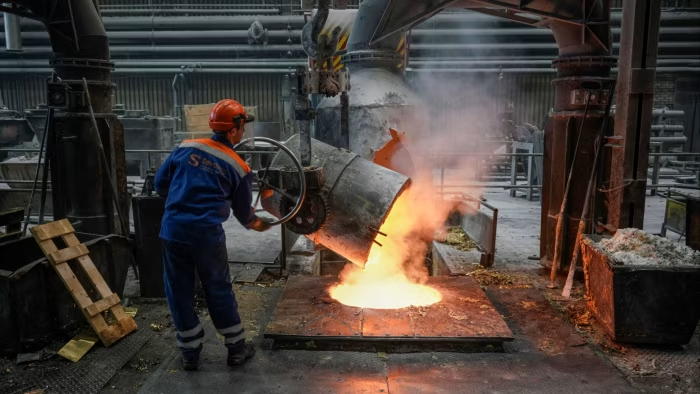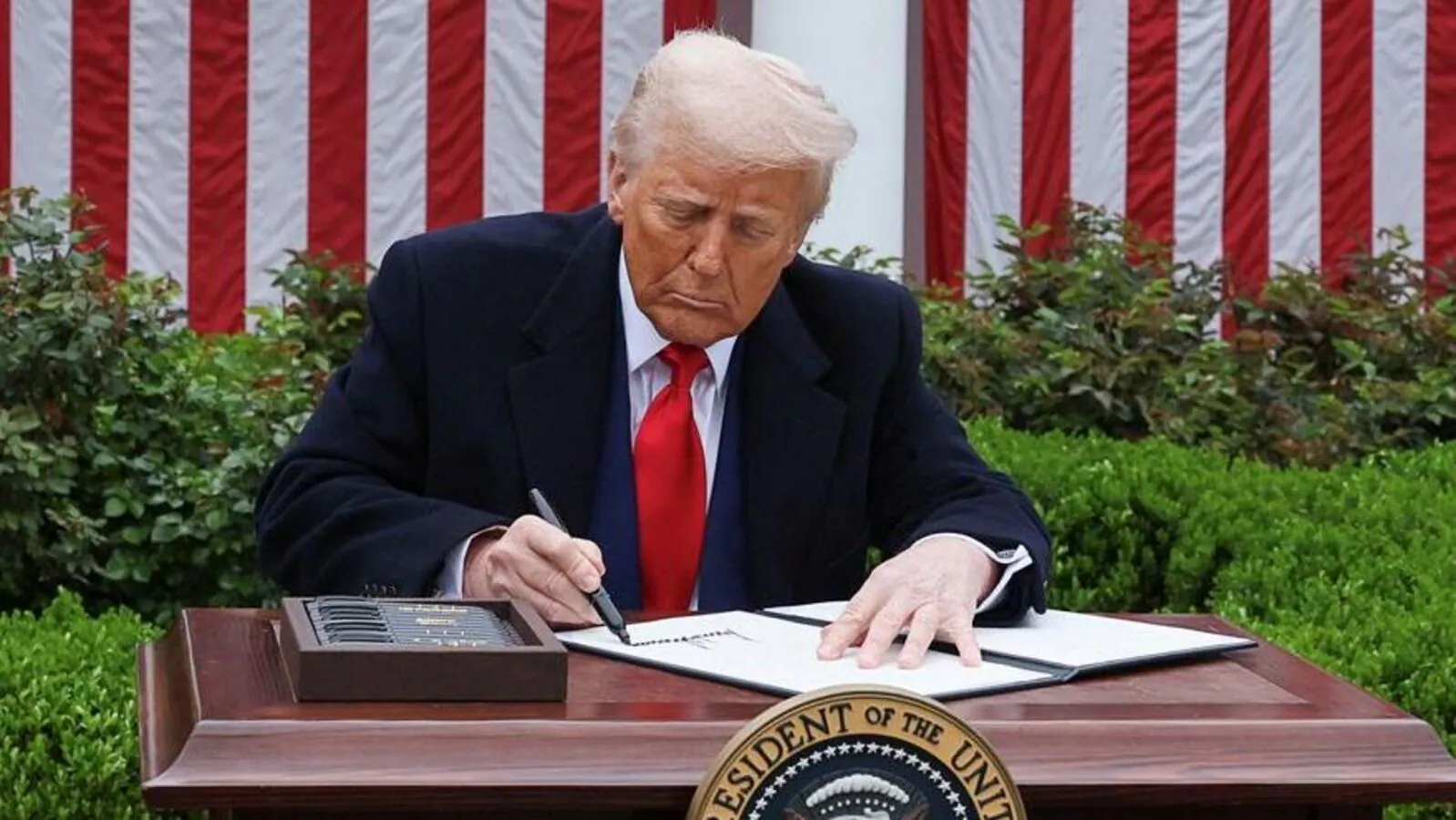
Introduction: A Turbulent Time for Construction and Commodity Markets
The construction industry, a pivotal sector driving economic growth, has recently experienced significant upheaval. Not only are housebuilders navigating regulatory challenges, but they are also contending with unprecedented surges in commodity prices, particularly copper. This confluence of events has resulted in substantial financial penalties and broader concerns about supply chain stability, cost inflation, and regulatory oversight within the construction and commodities markets.
The Regulatory Investigation and Its Implications
Background of the Investigation
The UK government and relevant authorities initiated an in-depth investigation into housebuilders following concerns over potential market practices that might have artificially inflated or manipulated prices. The investigation focused on assessing whether certain companies engaged in anti-competitive behaviors that could violate fair trade laws.
As a result of this probe, some of the largest and most influential housebuilding firms have been ordered to pay a combined penalty of £100 million. This hefty sum underscores the seriousness with which regulators are treating breaches of market conduct and their commitment to maintaining a level playing field in the construction sector.
Impact on the Housing Market and Industry Stakeholders
The financial penalty serves as a stark reminder to industry players about the importance of compliance with fair trading practices. More broadly, it raises questions about corporate governance, transparency, and the integrity of market practices within the housing construction industry.
Regulators emphasize that investigations are ongoing, and future actions may include further fines, restrictions, or reforms aimed at preventing similar misconduct. For homebuyers, this development might influence costs and trust in the housing market, potentially affecting housing prices, availability, and new project timelines.
The Surge in Copper Prices and Its Causes
Copper as a Critical Commodity in Construction
Copper is indispensable in construction for wiring, plumbing, and various electrical systems due to its excellent conductivity and durability. Its demand correlates strongly with construction activity levels, especially in residential, commercial, and infrastructural projects.
Record-Breaking Copper Prices
Recently, copper prices have soared to historic levels, surpassing previous peaks and causing ripples across global markets. This surge is attributed to several factors:
- Tariff Threats and Trade Tensions: The imposition of tariffs and trade disputes, especially between major economies like the US and China, have created uncertainty in commodity markets, leading investors to bid up copper prices as a safe-haven asset.
- Supply Chain Disruptions: COVID-19 pandemic-related disruptions, coupled with logistical challenges and labor shortages, have restricted copper supply while demand continues to grow.
- Economic Recovery and Infrastructure Investments: Stimulus packages and infrastructure initiatives have fueled increased demand for copper, especially in countries pushing for urbanization and technological upgrades.
- Speculation and Investment Flows: Commodities markets have seen increased speculative activity, further inflating prices beyond traditional supply-demand fundamentals.
Potential Ramifications of Record Copper Prices
The persistent rise in copper prices is expected to impact not only construction costs but also broader economic factors, including inflation rates and investment strategies. For housebuilders, a surge in raw material costs can mean increased project budgets, leading to higher house prices or delays in project completion.
Linking the Two Phenomena: Regulatory Penalties and Commodity Price Volatility
Connecting Market Conduct and Cost Inflation
The recent regulatory investigation and resulting penalties underscore the importance of ethical market behavior. When misconduct influences pricing, it can exacerbate the volatility of essential commodities such as copper, compounding the challenges faced by the construction industry.
Furthermore, the investigation’s outcome could lead to increased scrutiny and tighter regulations within markets that influence commodity prices, including trade practices, export restrictions, and anti-competition laws.
Broader Economic and Industry Impacts
We are witnessing a scenario where regulatory actions and global economic factors intertwine to shape the landscape of construction costs and market stability. The result may include:
- Higher Residential Property Prices: Increased costs of raw materials push builders to pass expenses to consumers.
- Project Delays and Cancellations: Fluctuations in material prices can lead to delays as companies reassess project budgets and supply chain logistics.
- Increased Financial Risks: Both regulatory penalties and rising commodity prices heighten financial risks for developers and investors.
- Market Uncertainty: Ongoing investigations and volatile commodity markets contribute to overall uncertainty, affecting investment and development plans.
Strategic Responses and Future Outlook
Industry Adaptations
Housebuilders and construction firms are adopting various strategies to mitigate these challenges:
- Diversification of Supply Sources: Sourcing materials from different suppliers to hedge against price spikes.
- Enhanced Cost Management: Implementing stricter budgeting and project management techniques.
- Innovation in Materials: Exploring alternative, less volatile materials that can fulfill construction needs.
- Lobbying for Fair Practices: Engaging with policymakers to advocate for fair trade and anti-monopoly regulations.
Long-Term Market Perspective
While the current environment presents hurdles, it also emphasizes the importance of resilience, transparency, and innovation. The construction sector must adapt to a world where regulatory landscapes and commodity markets are increasingly intertwined. Governments and industry bodies alike will need to foster environments conducive to fair trading, sustainable development, and technological advancement.
Conclusion: Navigating Uncertainty in Construction and Commodities
The recent imposition of a £100 million penalty on housebuilders and the record surge in copper prices highlight the complexities and interconnectedness of modern markets. Regulatory actions aim to promote fairness and integrity but can have ripple effects that influence material costs, housing affordability, and overall economic stability.
The confluence of regulatory scrutiny and rising commodity prices deserves close attention from industry stakeholders, policymakers, and consumers. By understanding these dynamics and adopting strategic measures, the construction industry can better navigate these challenging times and build a more resilient future.
For more updated news please keep visiting Prime News World.








